Wedding Processional Order: A Complete Guide
A quick look at the order of different wedding processions - catholic, modern, & traditional
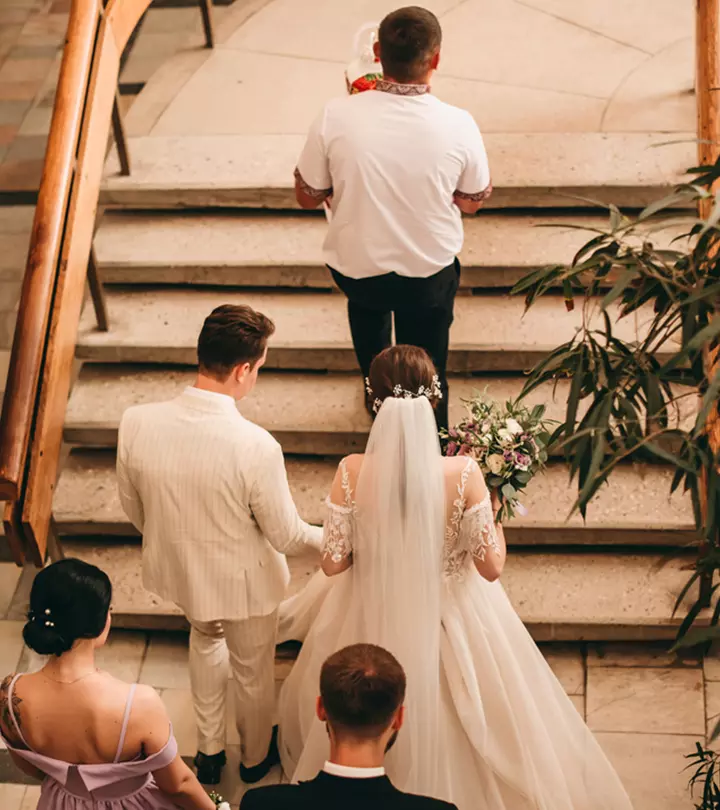
Image: Shutterstock
Wedding moments are always special, no matter what ceremonies and rituals one follows. The bridal march is one such highlight of the wedding, and thus, it needs to be extravagant. The breathtaking instance when a bride walks down the aisle and everyone looks at her in awe is something that every bride-to-be desires. However, just like other rituals vary with religion, region, and other factors, the wedding processional order can differ according to the host’s preference and belief. Cultural differences can also reflect the diverse traditions and values of different communities. For instance, in Jewish traditions, both parents accompany the couple to proceed into the chuppah itself. In Hindu marriages, they often start with the groom arriving on a decorated horse or in a procession called a baraat, followed by family members and then the bride. Meanwhile, the LGBTQIA+ ceremonies may adopt or combine some elements of different traditions in order to create a customized procession that reflects the couple’s identity and values. This openness allows couples to honor their backgrounds while embracing their unique love stories. This article talks about wedding processional orders — Catholic, modern, and traditional — in detail. Read on!
In This Article
What Is A Wedding Processional Order?
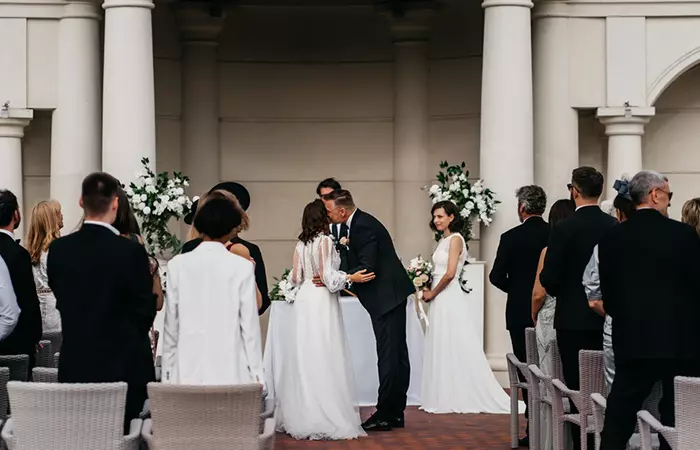
A wedding processional refers to a set of people walking down the aisle in a specific order, initiating the wedding proceedings. Deciding the wedding processional order isn’t as simple as you might think. There are lots of considerations, choices, and rituals to follow.
A normal wedding processional includes important people for the couple. It is usually dictated by the traditional customs of a Christian wedding and comprises the officiant, ushers, bridesmaid, ring bearer, flower girl, bride, groom, and parents of the bride and groom. While a few Christians follow this basic order, modern wedding processional styles vary greatly.
You can personalize your wedding processional order according to your preference and even outline something creative. Choose from the Catholic, modern, and traditional wedding processional orders detailed in the sections below, or create one of your own.
Key Takeaways
- A wedding procession comprises the officiant, bridesmaid, ring bearer, flower girl, and bride.
- In a Catholic wedding, the father aides the bride to the platform and gives them away only after taking the seat.
- The modern wedding processional order follows the traditions of both Christian and Jewish wedding ceremonies.
Catholic Wedding Processional Order
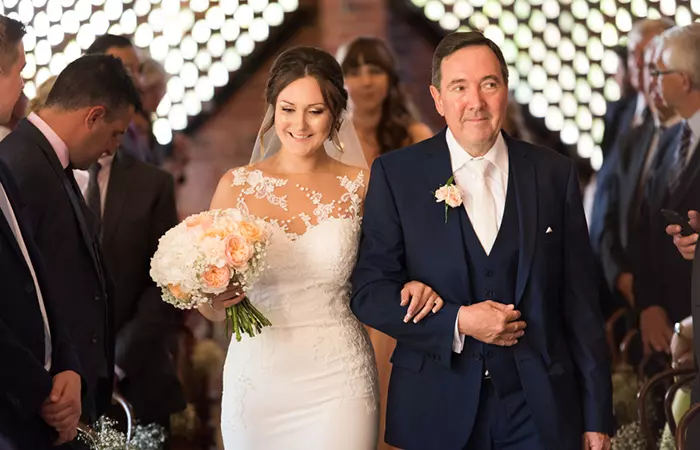
A Catholic wedding processional order involves an entire crew of people walking down the aisle, depending on the arrangement of the party. In a Catholic wedding, the father aides the bride to the altar and gives her away only after taking the seat. The order of a Catholic wedding processional is:
- Officiant
The officiant leads the procession in the ceremony, marking the beginning of the wedding. This person usually stands at the center of the altar and is well-versed in how to officiate a wedding. They will guide you to smoothly follow his instructions so that the officiating goes without a hitch.
- Groom
The groom’s entrance is a bit different compared to the usual processional order. Here, the groom enters from a corner and stands at the right side of the platform.
- Best Man
The best man follows the groom and might hold the wedding rings. They also enter from the side and stand next to the groom.
- Groomsmen And Bridesmaids
In the Catholic style, the bridesmaids and groomsmen walk down the aisle in pairs. Usually, the groomsmen stay on the right side, while the bridesmaids are on the left. They walk to the front of the altar and form a diagonal line so that the couple can be viewed well by the guests during the ceremony.
- Maid Of Honor
The maid of honor conducts a final check of the bride’s dress, veil, and makeup and walks solo. They stand beside the bride, specifically on their left side. The maid of honor also holds the bouquet for the bride during the rituals.
- Ring Bearer And Flower Girl
According to Catholic principles, the ring bearer and the flower girl can walk together or solo. The ring bearer usually takes the position next to the parents. Traditionally, the ring bearer carries the wedding rings tied to a little pillow. On the other hand, the flower girl tosses flower petals along the way and sits with the parents.
- The Bride Along With Father
Finally, the bride walks down the aisle with her father. As they reach the altar, the father lifts the bride’s veil and kisses her. After this, the bride approaches the officiant, and the father takes a seat in the first row on the left.
The good thing about the wedding processional order is you can customize it according to your choice. While there are traditional guidelines, there is still much room for personalization that reflects the values and connections of the couple. For example, instead of strictly adhering to the traditional order, you can walk down the aisle together, which means that they are presenting themselves as partners. Having a grandparent or someone who has provided mentorship or guidance can add an emotional layer to the ceremony. By customizing the order of the procession, couples can celebrate their individual journey and shared future. The next section details one of the many ways you can decide to keep your wedding processional order in the modern setting.
 Quick Tip
Quick TipModern Wedding Processional Order

The modern wedding processional order follows two traditions: one of the Christian weddings and the other of Jewish wedding ceremonies. In recent weddings, the groom also walks down the aisle just like the bride. After all, it is his wedding too, isn’t it? The order can be as follows:
- Officiant
The officiant walks first and takes his place at the center of the altar. They may either enter from the side or be the first ones to enter with the wedding processional.
- Groom’s Grandparents
The groom’s grandparents walk down the pathway and take a side on the platform. Later, they sit on one side in the first row.
- Bride’s Grandparents
The bride’s grandparents come next and take the seat opposite the groom’s grandparents in the first row.
- Groom’s Parents
The groom’s parents walk down the aisle. It is customary for them to stand on the right side of the couple during the ceremony. This is usually followed in Cristian weddings. For Jewish ceremonies, it is the opposite.
- Bride’s Mother
The entrance of the bride’s mother indicates that the ceremony has begun. She walks down the pathway and occupies her seat in the first row on the left.
- Groom
The groom also walks down the aisle in the modern wedding processional order and stands near the altar. At times, they are also accompanied by the best man.
- Best Man
The best man acts as a legal witness and walks down the aisle. They might either hold both the rings or just the groom’s ring.
- Groomsmen
The groomsmen enter the procession and stand by the side of the groom.
- Bridesmaids
The bridesmaids also enter the aisle and stand by the side of the bride. Bridesmaids and groomsmen may also walk down the aisle together.
- Maid Of Honor
The maid of honor (or matron of honor) assists the bride and gives her the final touchup. The matron (referring to a married woman chosen as the maid of honor) or the maid (referring to an unmarried woman chosen as the maid of honor) also stands by the side of the bride near the altar.
- Ring Bearer And Flower Girl
The ring bearer usually carries the rings if the best man doesn’t carry them. Melanie Levin, our expert event planner from Southern California, says “If the ring bearer is young, we’ll put fake rings on the pillow so as not to lose them”. The flower girl spreads flower petals all through the aisle.
- Bride And Bride’s Father
Finally, the bride enters with her father on her right side. It marks the end of the processional order. Later on, the father joins the bride’s mother in the front row.
 Quick Tip
Quick TipThe traditional processional order for any Christian or non-religious wedding ceremony includes an order that is quite different from the Catholic or the modern form. Read on to know more.
Traditional Wedding Processional Order
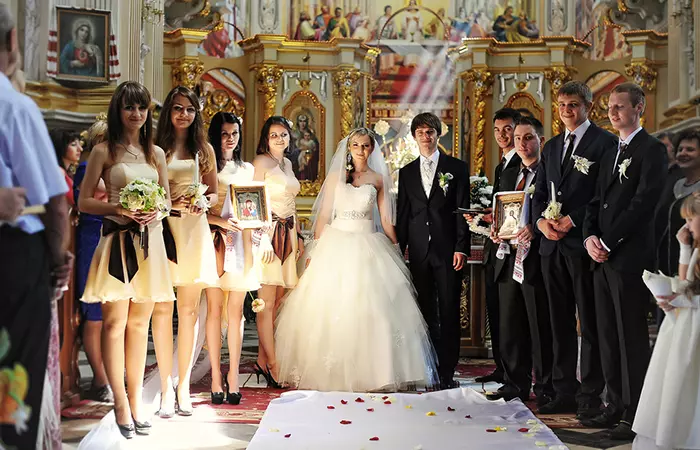
A traditional wedding processional order reflects deep-rooted spiritual customs and religious beliefs. These customs have been passed through generations, signifying family involvement and highlighting historical practices. Many cultures insist on preserving their traditional processionals to honor generational heritage and maintain a sense of sacredness. Check out how a traditional procession order usually goes below.
- Bride’s Mother
The entrance of the bride’s mother signals the beginning of the wedding process. They reach the end of the aisle and sit on the left side of the first row.
Note: The left side seating is typical for traditional Christian weddings. It may vary with other religions or customs.
- Groom
The groom enters the stage from the side and stands in front of the altar. Many choose to walk down the aisle as well.
- Best Man
The best man might come with the groom or walk alone. They might hold the rings as well. They usually stand next to the groom.
- Groomsmen
The groomsmen walk down the aisle and stand by the groom’s side.
- Bridesmaids
The bridesmaids also walk down the pathway and stand by the bride. The bridesmaids and groomsmen might walk down in pairs as well.
- Maid Of Honor
The maid of honor assists the bride and makes sure that everything is perfect. Then, they stand by the side of the altar and hold the bouquet for the bride when needed.
- Flower Girl And Ring Bearers
The flower girl and the ring bearer lead the bride down the aisle. The flower girl scatters white or light pink flower petals (typically brightly colored petals are avoided due to the risk of staining) along the pathway. On the other hand, the ring bearer holds the rings for the couple if the best man doesn’t carry them.
- Bride And Bride’s Father
The bride’s father walks the pathway with the bride and gives them away by kissing them as a sign of blessing. The bride walks to the altar, and the father sits beside the bride’s mother in the front row.
Traditional wedding processions vary widely across different cultures. These entrances carry deep symbolism, reflecting familial values and cultural beliefs. Learn how different faiths approach this special aspect of the wedding ceremony in the next section. Read on!
Wedding Processionals Across Different Faiths
A wedding processional order symbolizes and marks the beginning of a beautiful journey. Various cultures and faiths have their unique processions, each one telling its own story of love, unity, and tradition, such as:
- Jewish Weddings: The procession begins with a Rabbi (a spiritual leader) leading the wedding party. Then, the groom, escorted by his parents, enters followed by the bridal party. The groom and the bride walk down the aisle towards the Chuppah, a Jewish home built by four poles and a cloth canopy.
- Hindu Weddings: The groom arrives at the wedding venue riding a horse while his family and relatives dance to the beats of drums alongside him. Upon arrival, the bridal party welcomes the groom with Aarti, a lit lamp. The bridal processional happens later, when she is escorted by her brothers or maternal uncles to the Mandap, where the wedding happens.
- Muslim Weddings: The processional style of muslim weddings differs based on cultural traditions. For example, in South Asian muslim weddings, the groom’s party arrives grandly, similar to the Hindu ritual, while the bride arrives separately, accompanied by her relatives. The bride is veiled and seated separately. But, in Middle Eastern societies, a vibrant wedding march known as Zaffa, where the bride’s father walks her down the aisle to the groom with a troupe of drums played along, is done.
- Chinese Weddings: In Chinese custom, the groom and his party arrive at the bride’s home in a grand procession. Upon arrival, the groom is asked to complete a set of challenges arranged by the bridesmaid. The bride is led to the venue with a red umbrella, which represents protection from evil energies.
- Indigenous Weddings: Many indigenous cultures view weddings as a sacred union and celebrate them grandly with certain spiritual practices. For example, in some tribes, the couple walks in together wrapped in a single blanket, representing unity. In another tribe, the bridal party enters in a circular formation to indicate the cycle of life and eternity. In native American societies, the bridal party is led by a drum procession.
While many couples honor these traditions and processional customs, others want to personalize them to reflect their unique love stories and personalities. Learn some tips on how you can personalize a wedding processional for different wedding styles in the next section. Scroll down!
How To Customize Wedding Processionals For Different Styles
Whether planning a destination wedding or a themed one with modern elements, you can always personalize wedding processional orders to make them more appealing and meaningful. Here is how you can do so:
- Destination Weddings
- Beach Setting: The wedding party can sit in a heart-shape around the couple instead of a traditional aisle. The couple can enter walking barefoot on the sand to the ceremony happening at the center of the heart.
- Garden Setting: Design a nature-inspired processional where the couple can walk along the flower-lined path with petals all over. Hire violinists to play soft, melodious tunes.
- Themed Weddings
- Bohemian Weddings: The couple can enter from different directions until they meet under a decorated arch, symbolizing the idea of coming together. The wedding venue must be an open field with wildflowers. Soft acoustic music should be played to reflect the free-spirited vibe of the wedding.
- Fantasy-Themed Wedding: This wedding style is ideal for couples who love mystical elements. Line the aisle with lanterns and sparkling torches and hire a choir to sing medieval songs. The couple can make a grand entrance through a fog-filled archway, creating a sense of mystic allure.
- Fusion Weddings
- Couples can blend their own traditional rituals into one processional. A musical playlist featuring tunes of both cultures can be played at the entrance of the couple. Both the bridal and groom party can wear their traditional attires to show respect to their respective cultures.
Infographic: Guide To The Wedding Processional Order
In Christian weddings, the wedding processional order is a particular order in which the people walk down the aisle. Interestingly, there can be three types: the Catholic wedding processional order, the modern wedding processional order, and the traditional wedding processional order. These might sound simple; however, this order is very crucial in a wedding ceremony and must be followed duly. Check out the below infographic to know more.

Illustration: StyleCraze Design Team
Wedding processional orders vary according to traditional, Catholic, and modern wedding customs. It is important to note that the terms “traditional and modern” are not in line with any religion. Different religions have their own traditional and modern orders. However, despite the differences, it primarily refers to a particular order in which people walk down the aisle to signal the commencement of the wedding ceremony. The officiant, ring bearer, flower girl, and bride are part of every variation of the wedding procession. The groom’s presence, the maid of honor, the bride’s parents, the groom’s parents or grandparents, and the maids of honor in the processional order vary according to different customs. In modern weddings, you have the liberty to choose and customize your wedding procession and keep it as high or low-key as you want.
Frequently Asked Questions
Who walks the mother of the groom down the aisle?
The groom may choose to walk their mother down the aisle with their father behind them or a groomsman can do the honors. Likewise, the parents of the groom can walk down together.
Who walks the mother of the bride to her seat?
A groomsman traditionally walks the bride’s mother to her seat.
Does the mother of the bride sit on the aisle?
No. The aisle is a pathway between the seats, to walk down on. The bride’s mother and the family sit at the front of the aisle, usually to the left row of seats in the front.
What is the groom’s mother responsible for?
The groom’s mother is responsible for planning rehearsal dinners and reception activities from the groom’s family’s side.
Planning your dream wedding? Click on the following video and learn the art of ordering your wedding processional. From selecting music to coordinating entrances, gain valuable insights to create a seamless and memorable ceremony.
Read full bio of Melanie Levin
Read full bio of Shivani Chandel
Read full bio of Shatabdi Bhattacharya
Read full bio of Sneha Tete






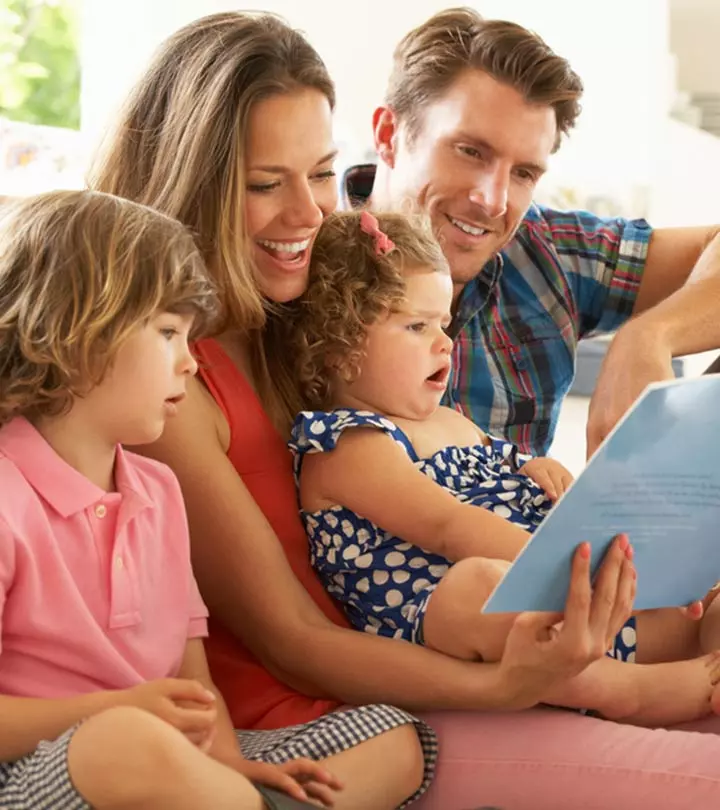
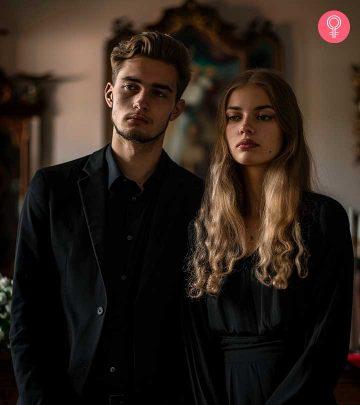
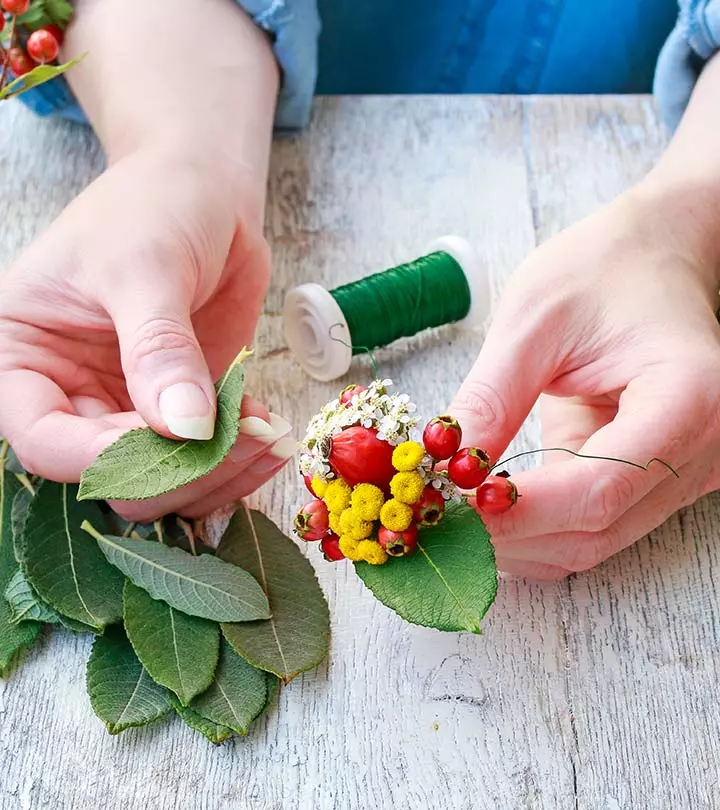
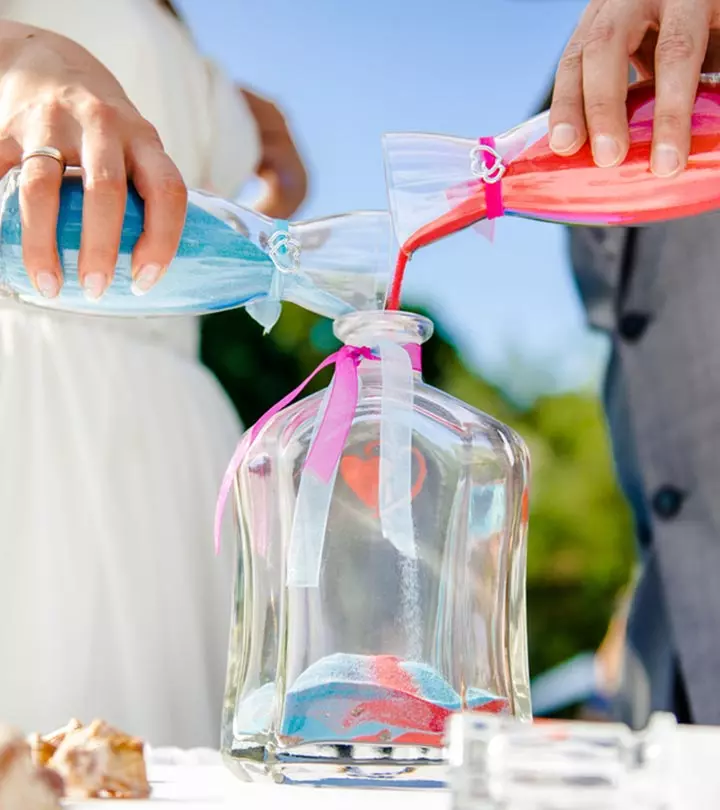
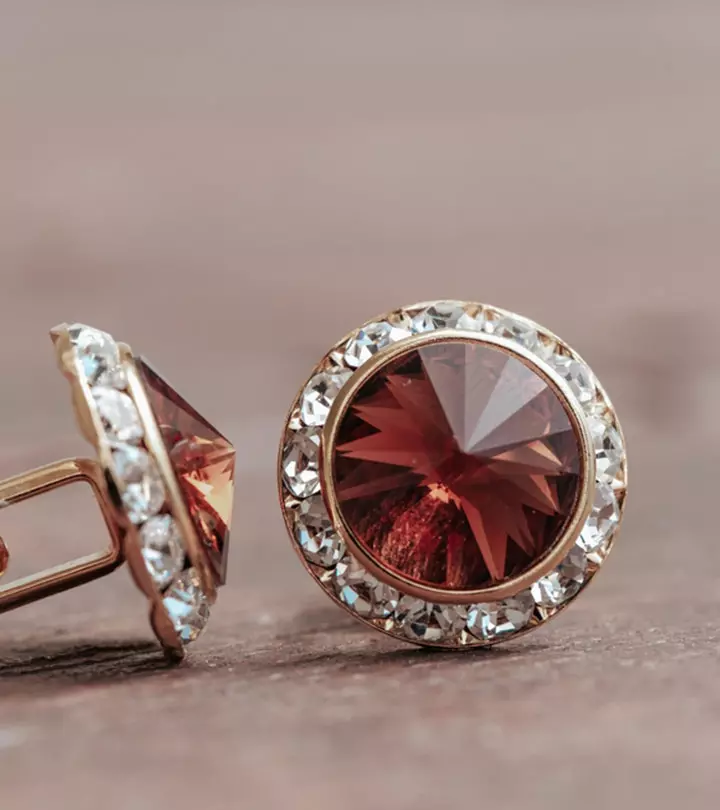

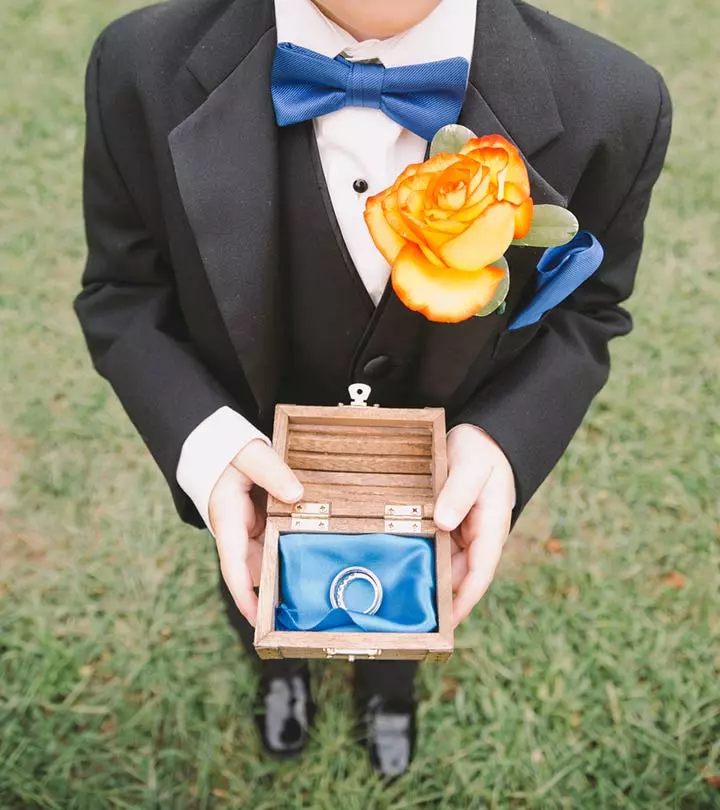
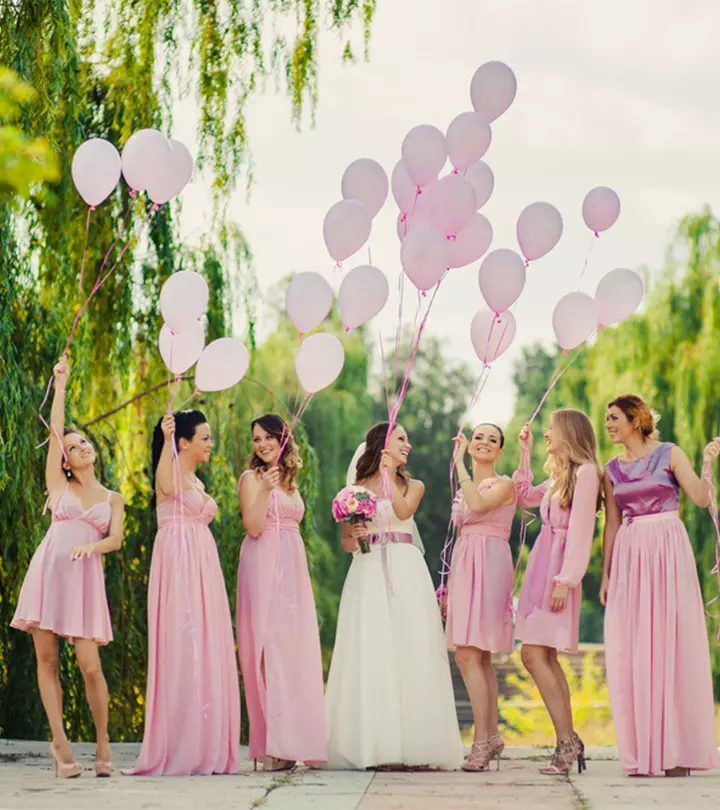

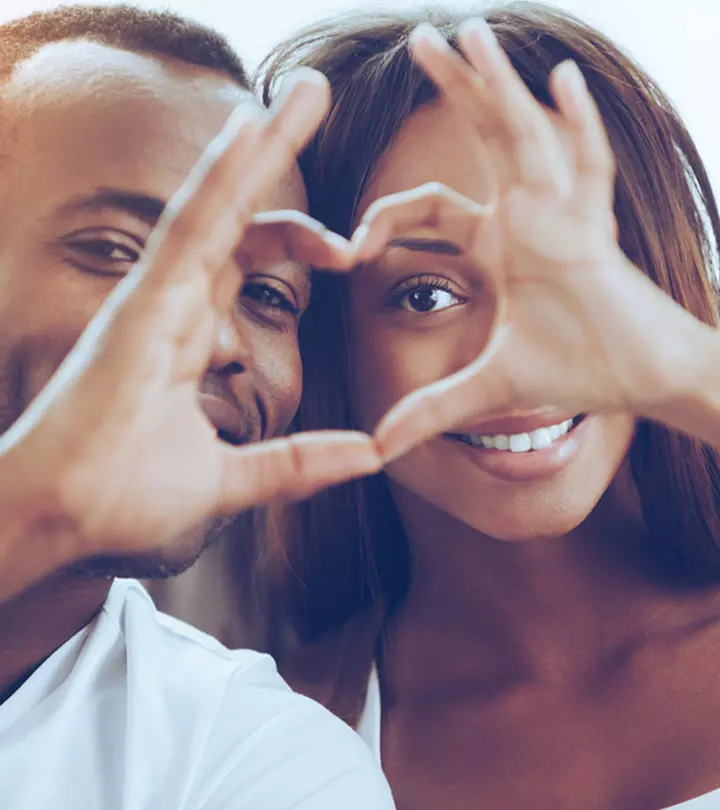


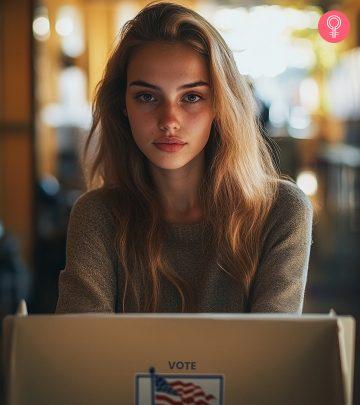








Community Experiences
Join the conversation and become a part of our empowering community! Share your stories, experiences, and insights to connect with other beauty, lifestyle, and health enthusiasts.